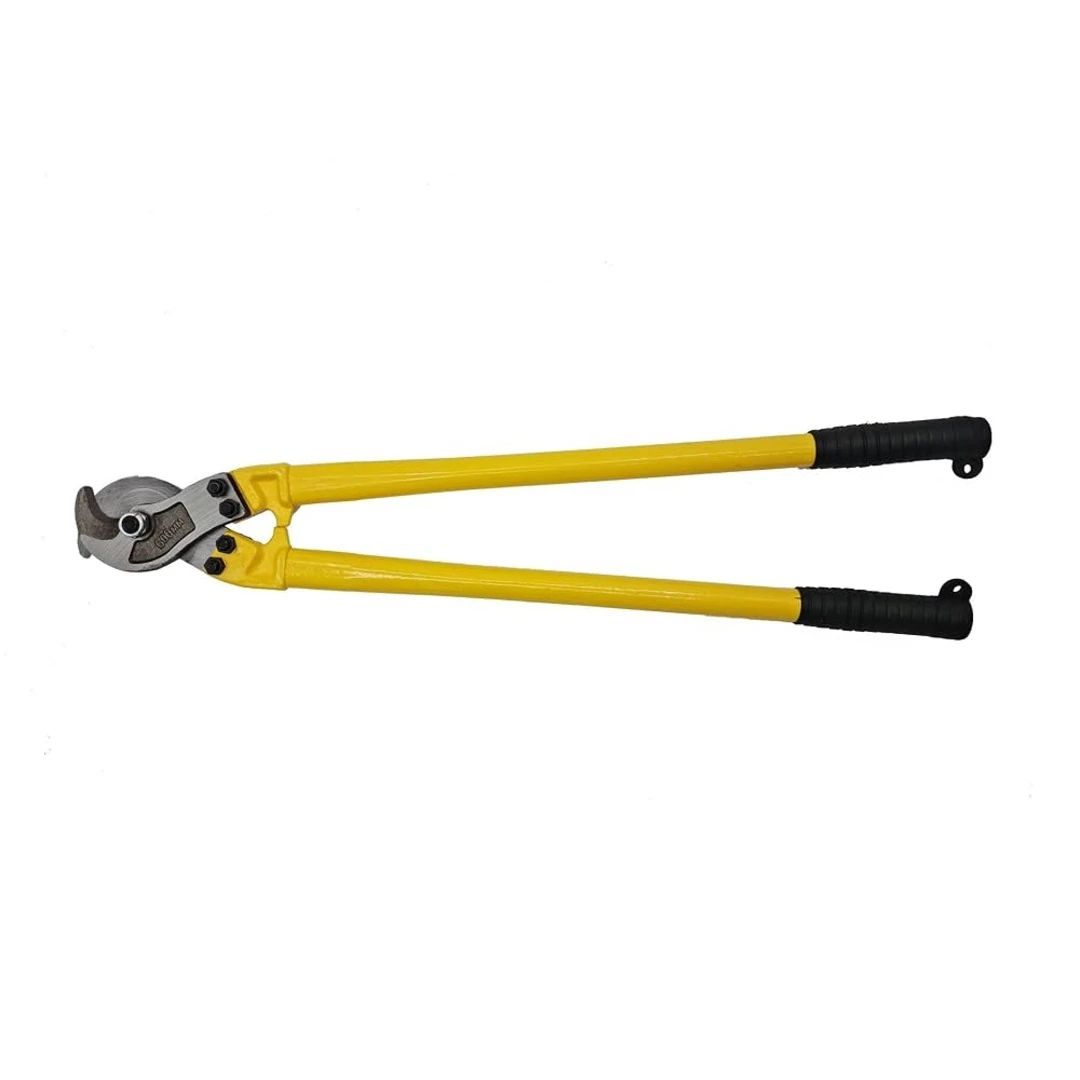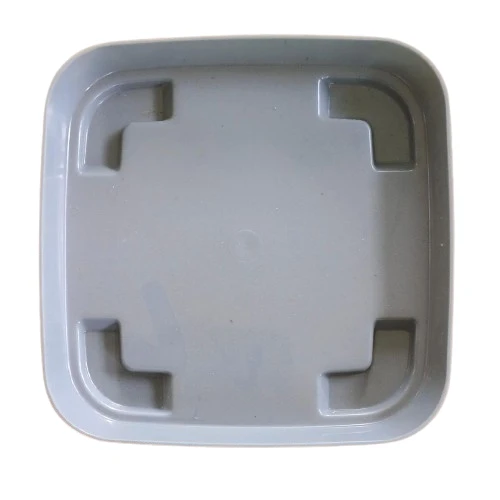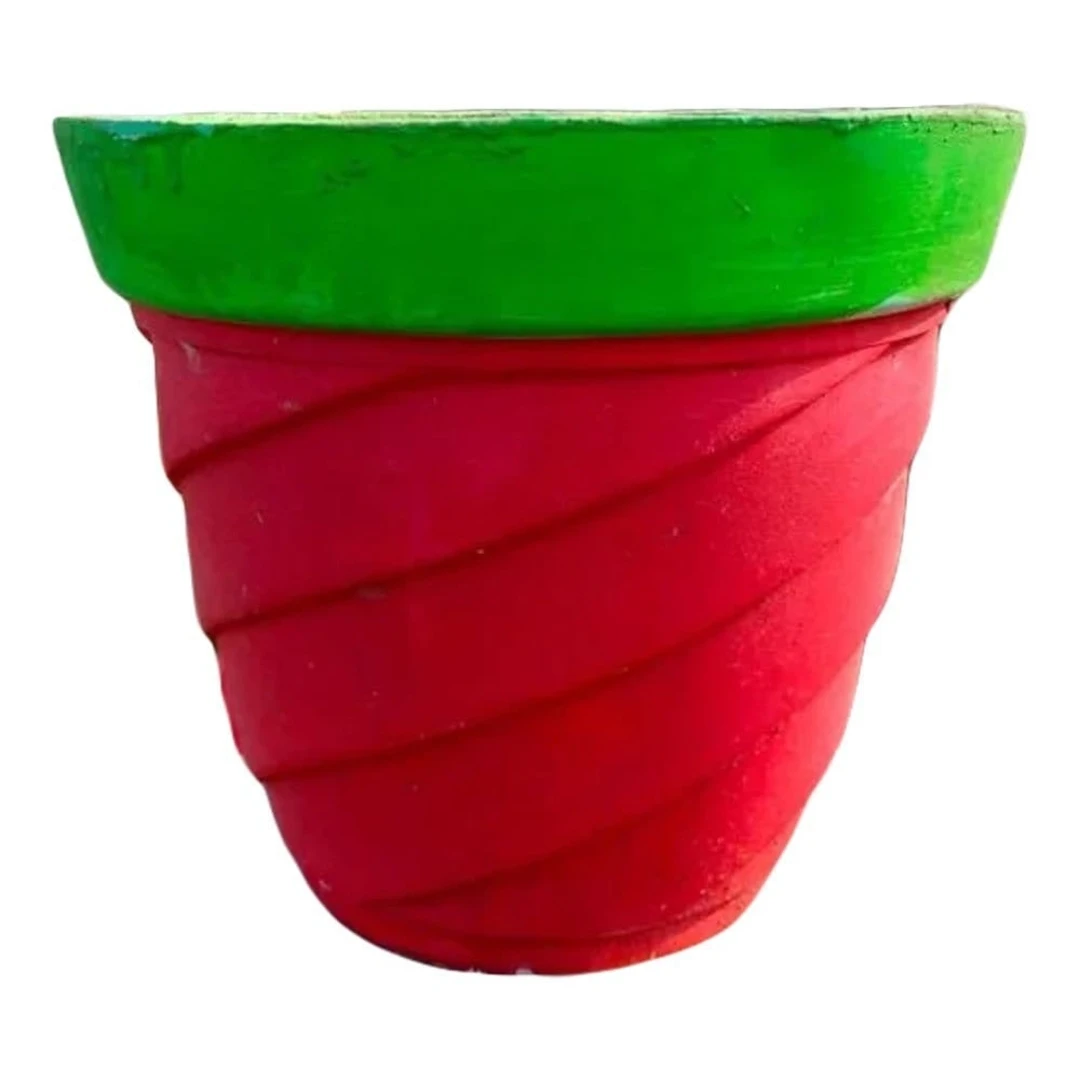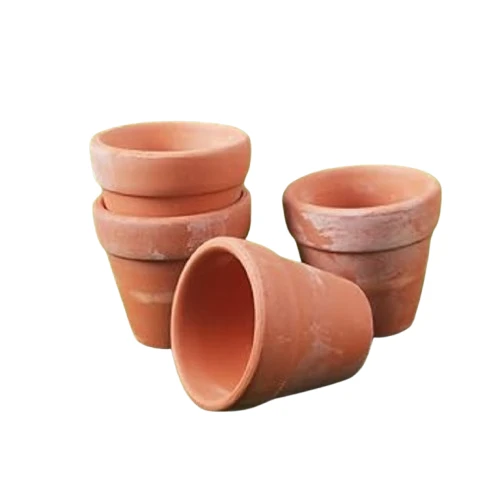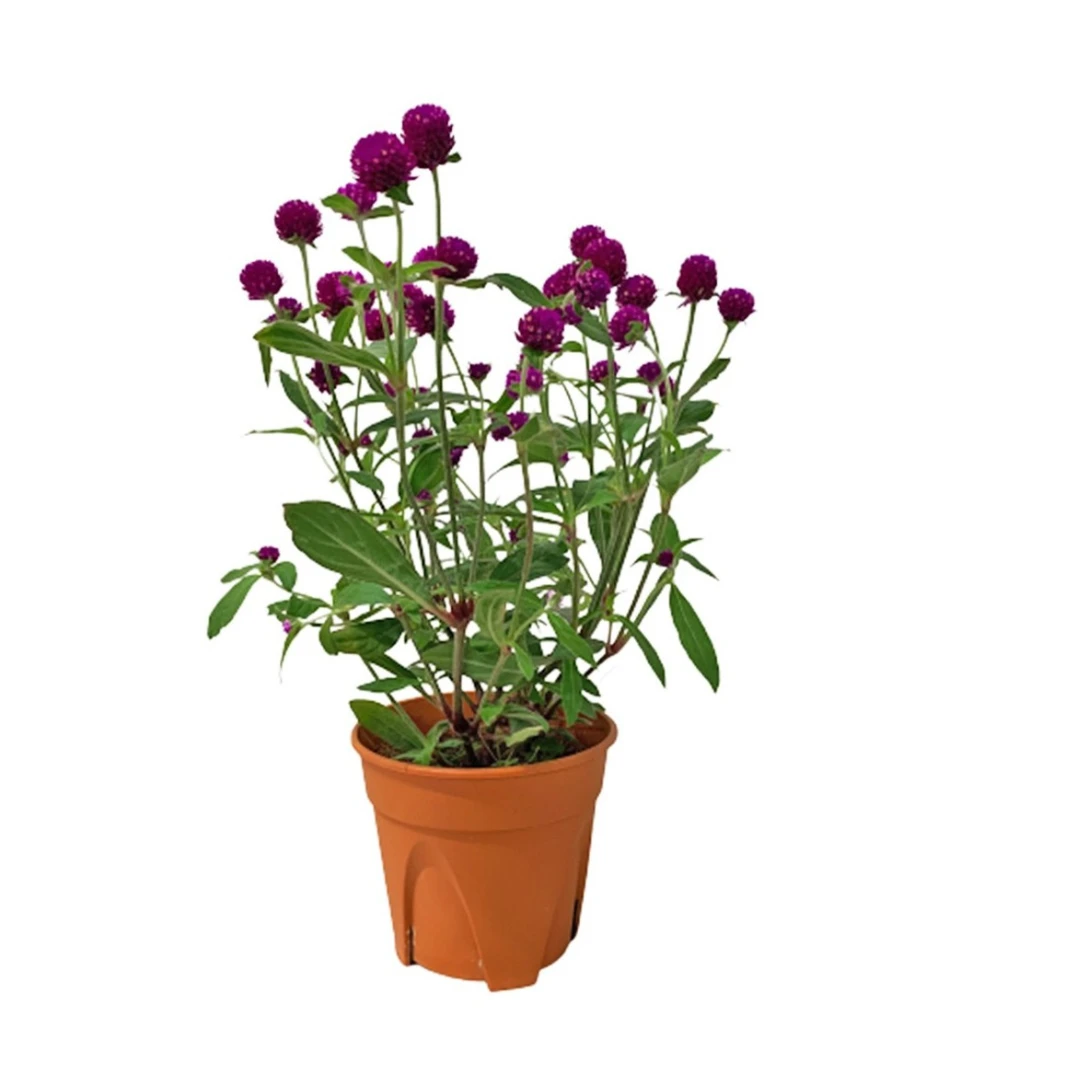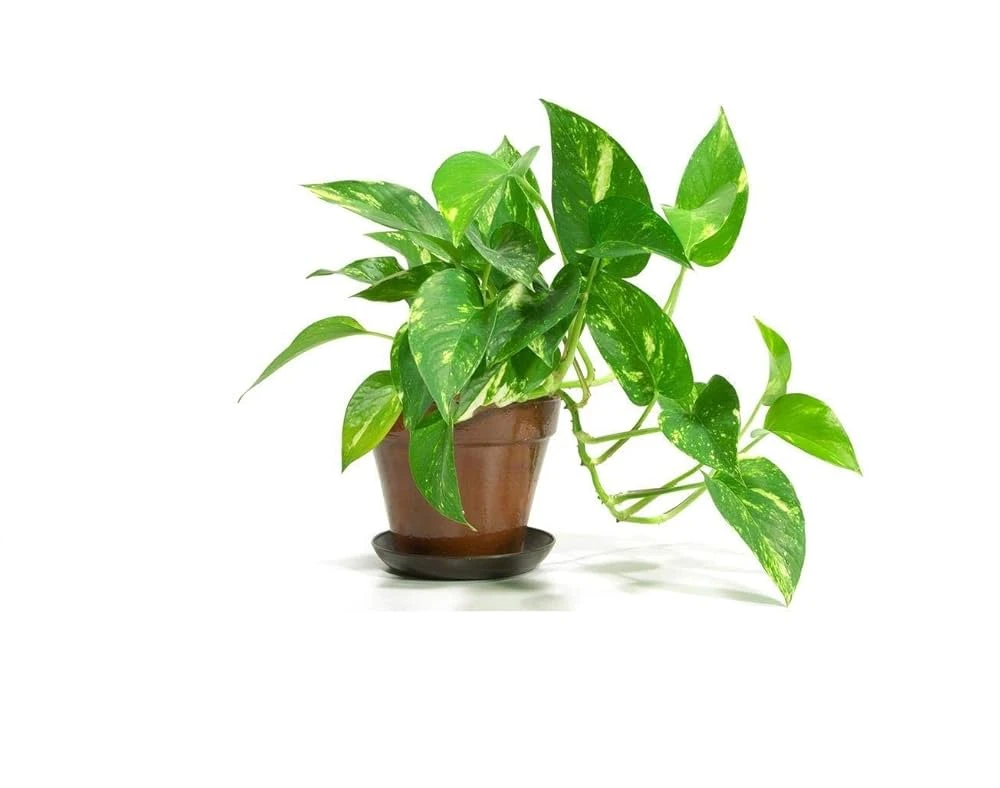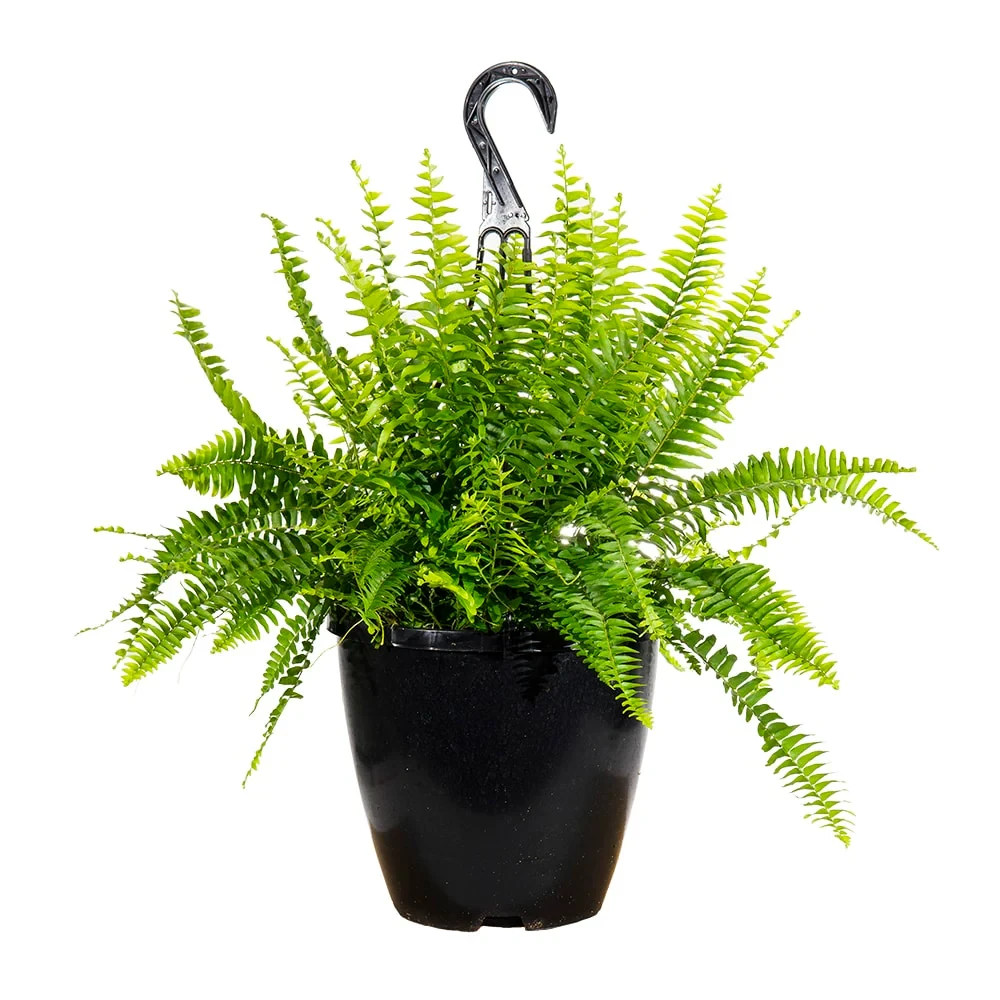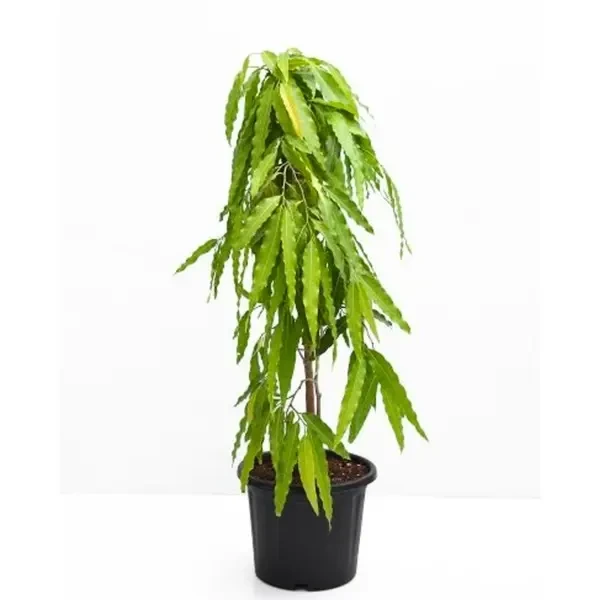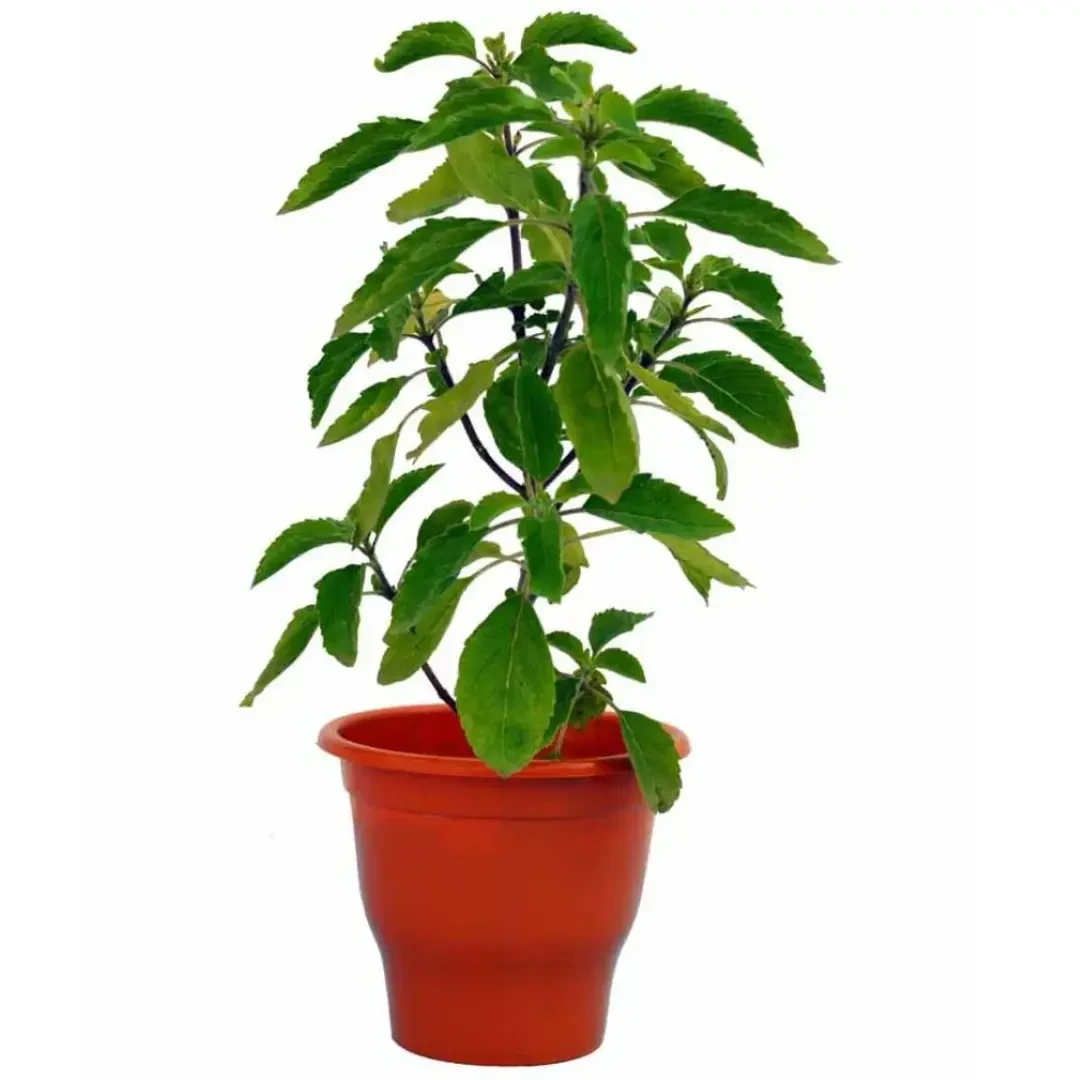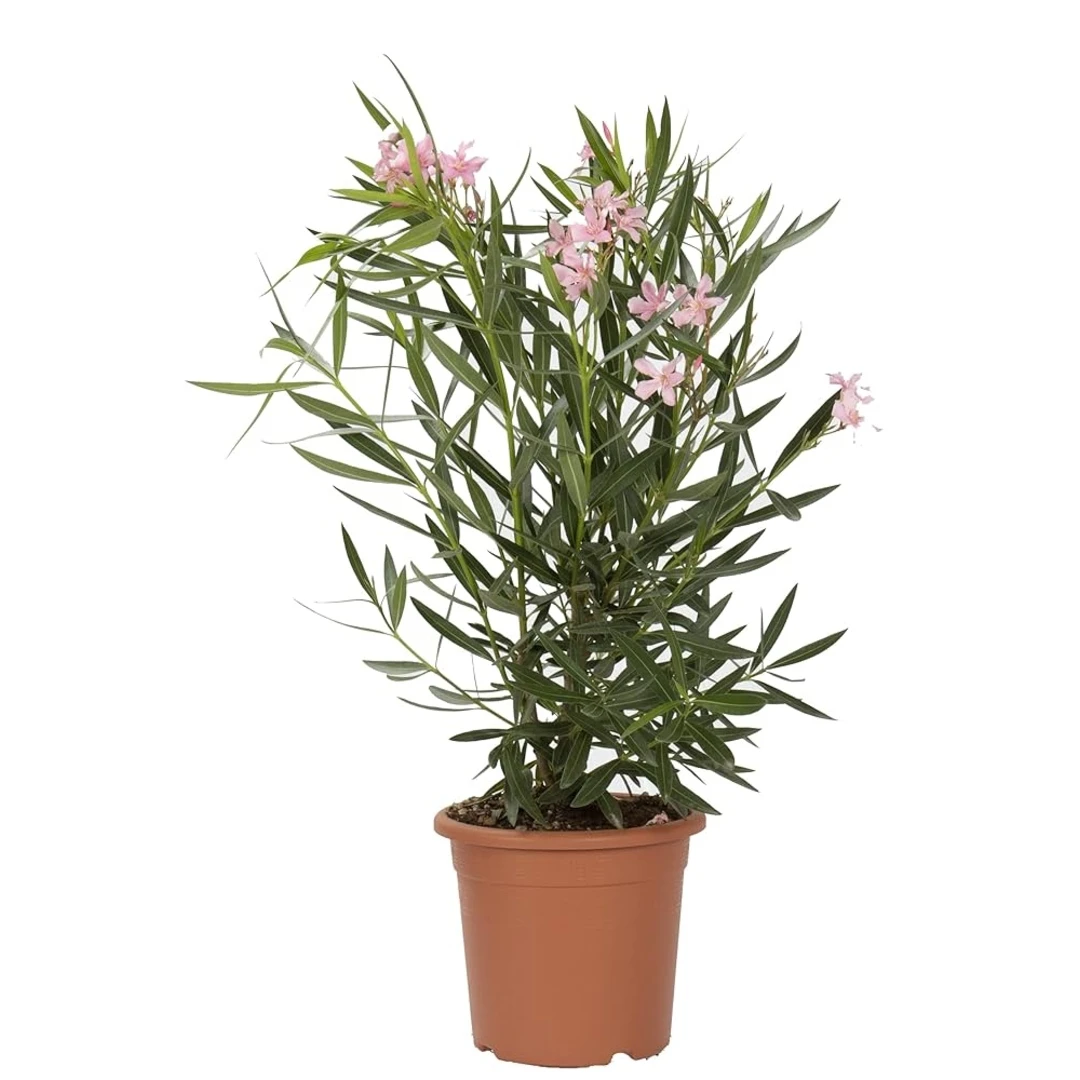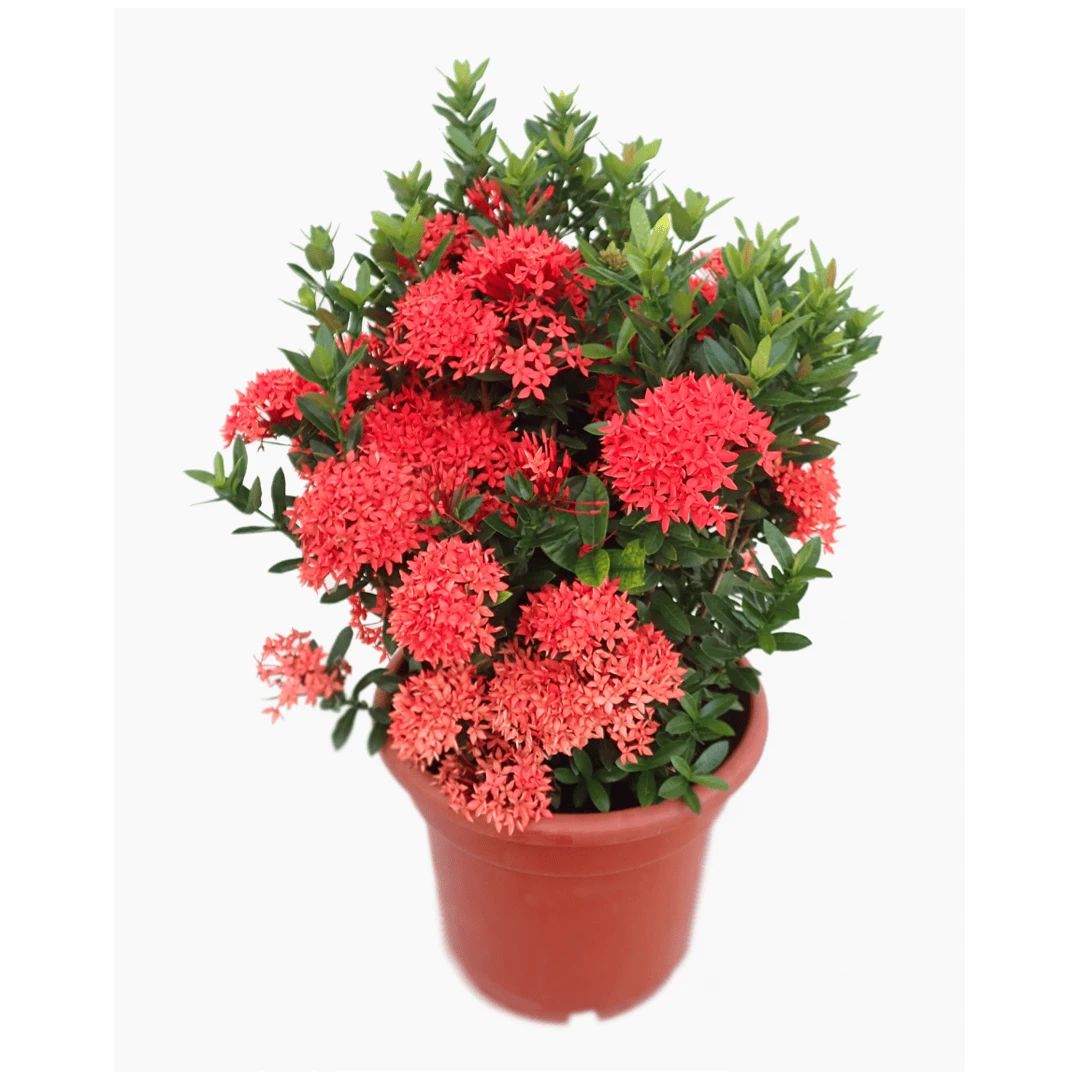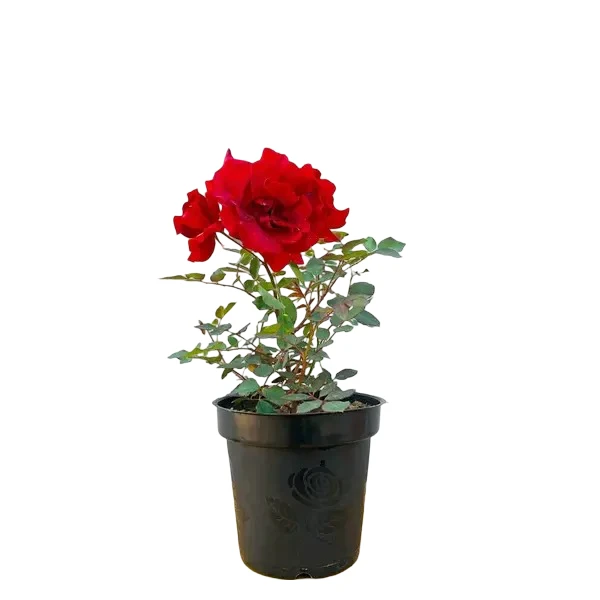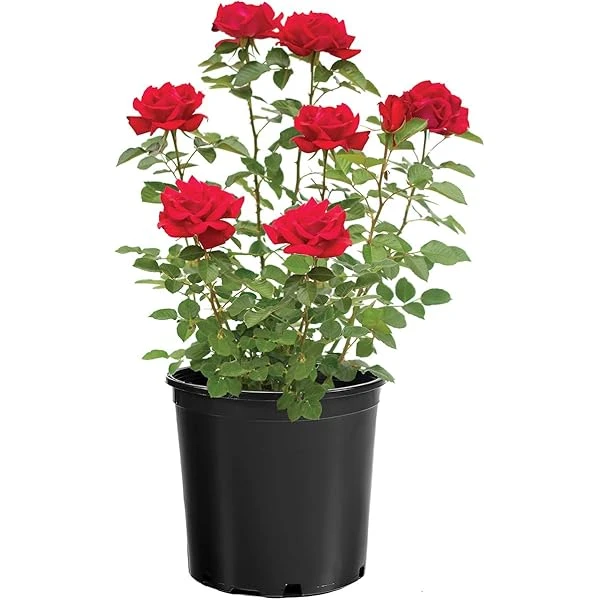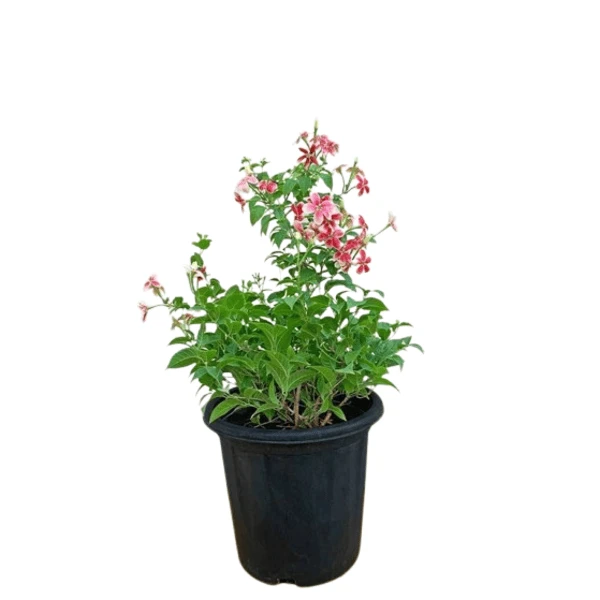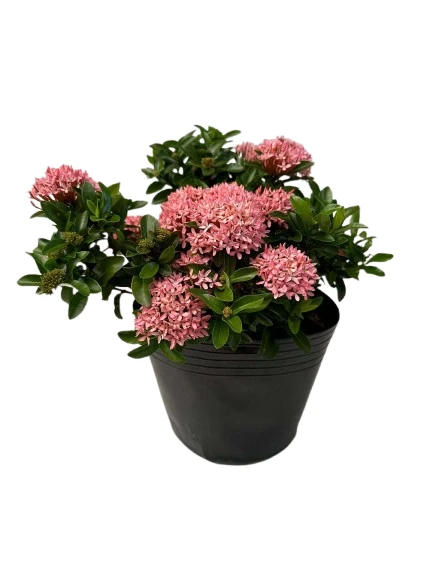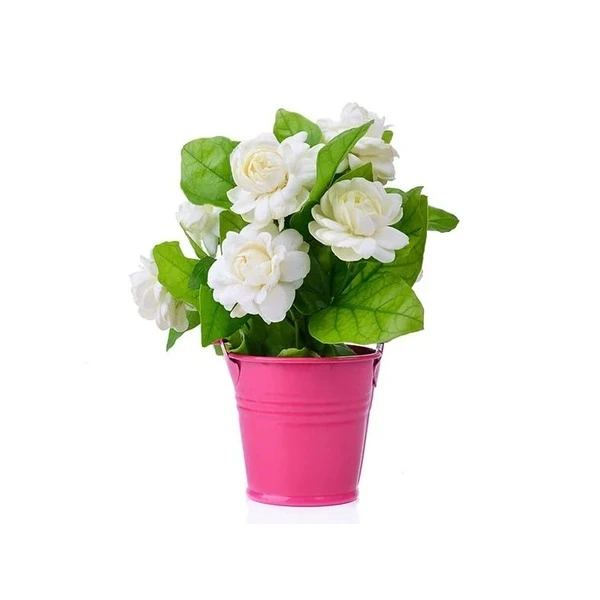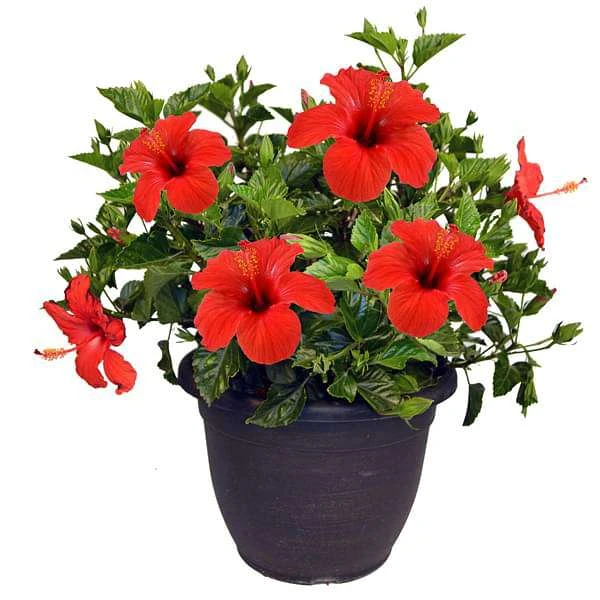The Jade plant, scientifically known as Crassula ovata, is a popular succulent known for its fleshy, oval-shaped, and glossy leaves that resemble jade stones. Native to South Africa, it's a slow-growing evergreen shrub with thick, woody stems, often resembling a miniature tree. Jade plants are relatively easy to care for and are frequently kept as houseplants, believed by some to bring good luck and prosperity.
Here's a more detailed description:
Appearance:
Jade plants have thick, smooth, and shiny leaves that grow in opposing pairs along the branches. The leaves are typically a vibrant jade green, though some varieties may develop a reddish tinge on the edges when exposed to bright sunlight.
Growth Habit:
When grown indoors, jade plants typically remain compact, reaching a height of 2 to 3 feet (60 to 90 cm). They can grow taller if given more space. The plant's stems become woodier and more prominent with age.
Flowers:
While primarily grown for their attractive foliage, jade plants can produce small, star-shaped flowers, typically white or pale pink, in clusters at the tips of the branches. These blooms are more likely to appear in winter under the right conditions (long nights, cool temperatures, and reduced watering).
Care:
Jade plants are known for their resilience and low-maintenance nature. They prefer bright, indirect sunlight and well-draining soil. They are drought-tolerant and need infrequent watering, making them ideal for busy individuals or those new to gardening.
Symbolism:
In Feng Shui, the jade plant is often called the "money tree" and is associated with attracting wealth and prosperity.
Other Names:
The jade plant is also known as the money plant, friendship tree, or lucky plant.











